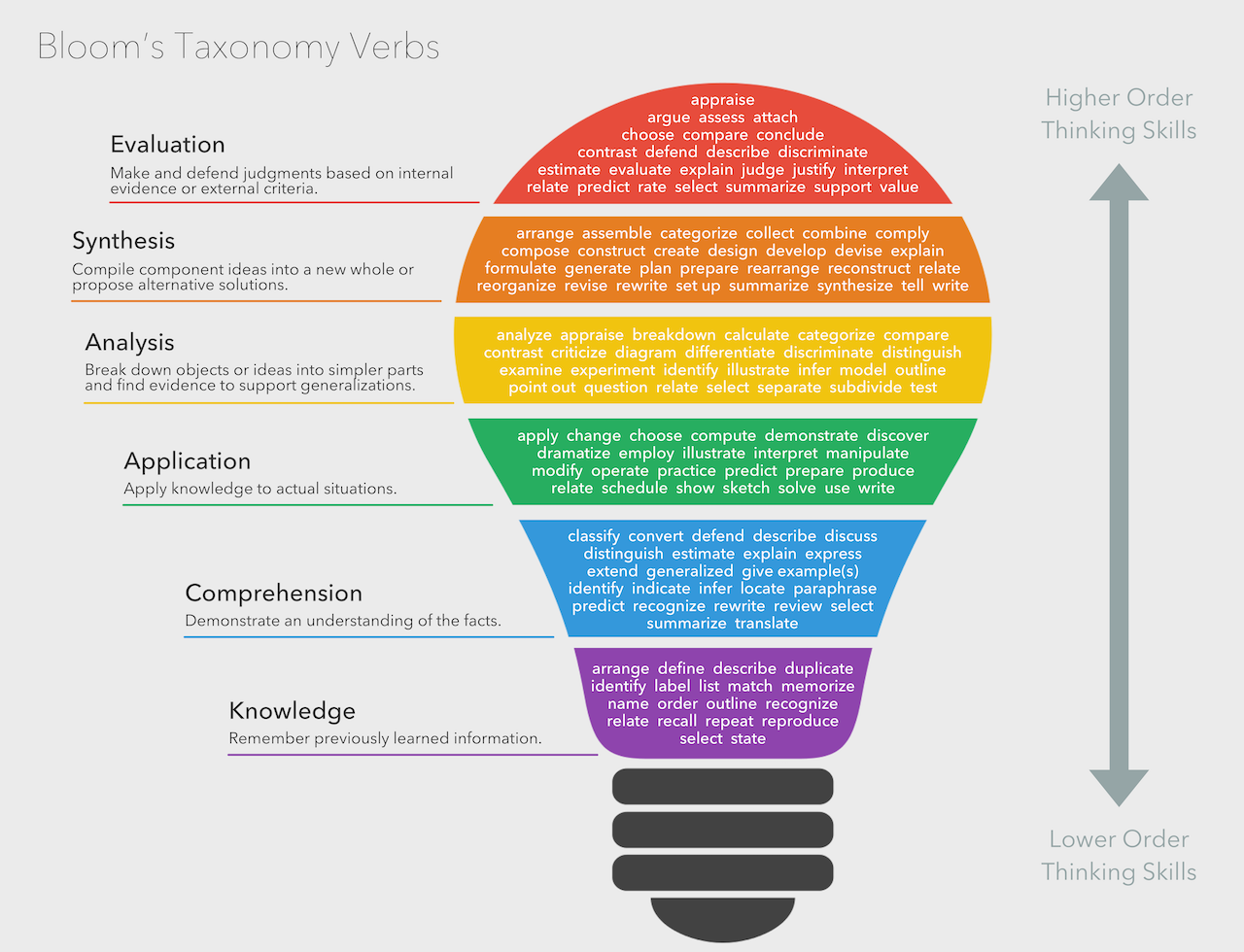2 Course Mapping
Course mapping is an important part of designing your course. A course map can ensure your course is well structured and will equip students to meet learning goals.
Backward Design
The use of backward design has been on the rise in recent years. Traditionally, course design and development starts at the beginning of the course content and progresses to the end. With backward design, the final assessment is considered first. Learning objectives are written and, in many cases, the assessment is created before any content or activities are added to the plan. In this way, students are more likely to successfully meet the goal of the course, as long as everything aligns with the objectives (Carnegie Mellon University, 2019). The video below introduces backward design and alignment and explains how both can enhance the effectiveness of the learning experience.
Course Mapping
The practice of backward design involves the use of a course map, which is a visualization that demonstrates how course components relate to each other. A course map can be as simple as a concept map or table. Taking time to map out your course before you start building it helps ensure that all the elements are aligned to the objectives.
Course map templates and examples can be found here. [Requires UBalt login].
Writing Aligned Learning Objectives
Learning objectives or outcomes are statements that define the knowledge, skills, or attitudes that students should achieve through participation in a learning experience. Well-written objectives capture observable, measurable behaviors that students are able to demonstrate after completing the activity or experience.
Understanding Terminology
Sometimes conversations about learning outcomes can become confusing because of different terminology. For example, what’s the difference between a competency and an objective? Are learning outcomes the same as learning goals? Goals, outcomes, and competencies are different, but they all help us identify the purpose of a course or program and provide a framework for aligning our instructional goals, activities, and assessments. Here are some definitions to get you started.
- Goal. A broadly stated mission or vision statement for a course or program. Not intended to be measurable or assessable, it’s meant to serve as a guidepost. Example: This course is designed to help first-year students develop project management skills.
- Competency. A statement that describes skills that a student will learn by the end of a course or program so that they can successfully perform in professional or societal contexts. It focuses on application beyond the academic setting. Example: You will be able to plan, organize, and manage a project so that objectives are met while scope, timeline, and budget are maintained.
- Outcomes or Objectives. Statements that describe the measurable and assessable knowledge, skills, or behaviors that a student will learn by the end of a course or program. While some institutions differentiate between outcomes and objectives (assigning one a more granular role than the other), this use case is inconsistent. Therefore, we will treat them as synonyms. Example: You will be able to compare and contrast project management methodologies, including Agile, Scrum, Kanban, and Six Sigma methodologies.
(Northwestern University, n.d.)
Bloom’s taxonomy is one of the most widely known classification systems used to describe different kinds of human cognition. Its reliance on action verbs makes it ideal for the development of student learning objectives. First developed in the 1950s and revised in 2001, the taxonomy identifies the following cognitive process dimensions:
- Remember. Retrieve relevant knowledge
- Understand. Describe or discuss retrieved knowledge in a meaningful way
- Apply. Use the knowledge to solve a problem or perform an action
- Analyze. Break knowledge into components and determine how the components contribute to the overall structure
- Evaluate. Make judgments based on criteria or standards
- Create. Remix information in new ways to create an original product or performance
For more information, read Using Bloom’s Taxonomy to Write Effective Learning Objectives, which provides a brief overview of Bloom’s taxonomy and explains how it is used to write appropriate learning objectives.

